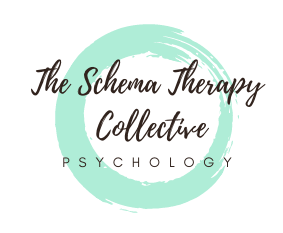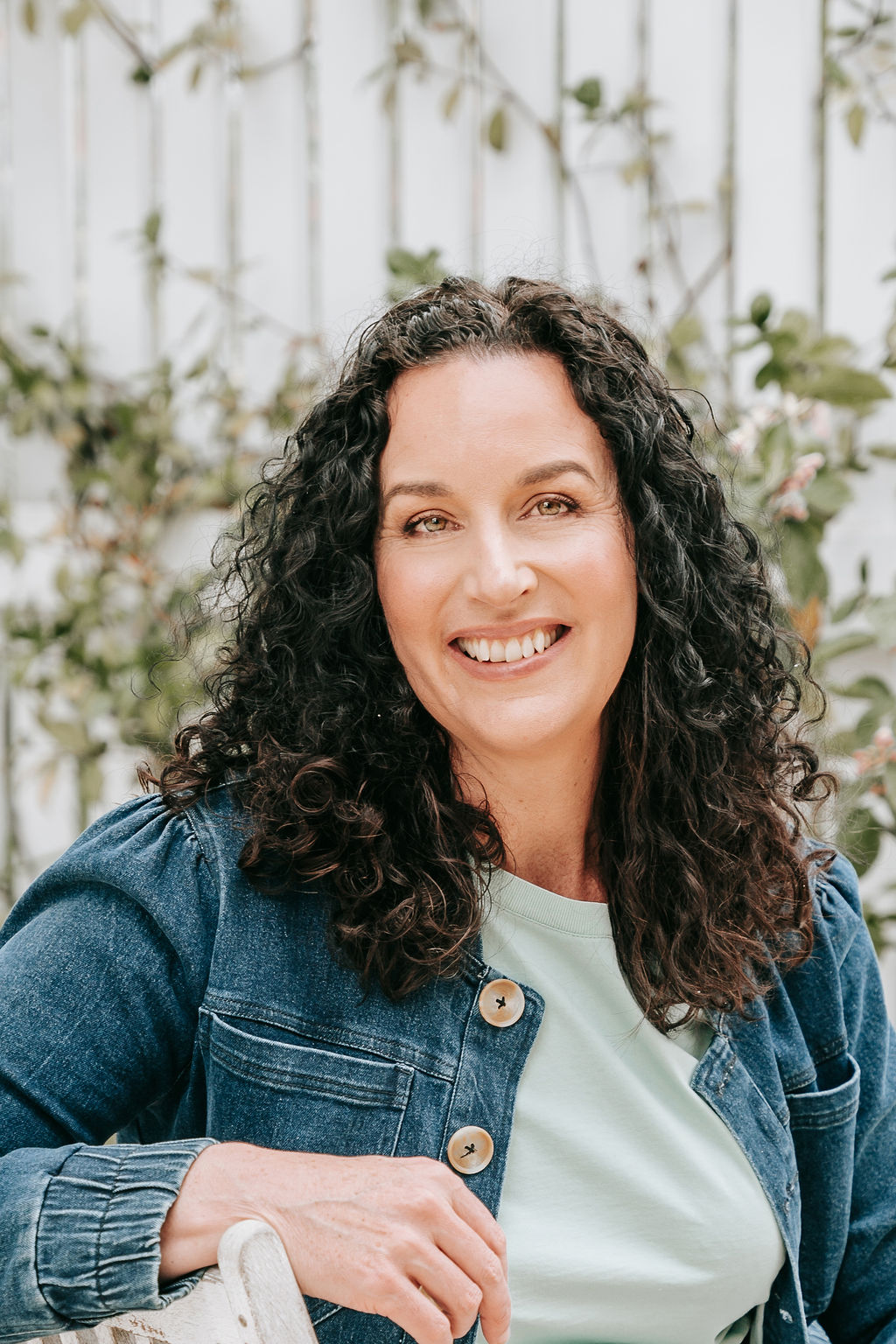At the Schema Therapy Collective, we are passionate about Schema Therapy and it’s capacity to help people create the lives they want. Schema therapy focuses on changing long-standing patterns to improve your life rather than focusing on short term fixes to mental health symptoms.
So what is Schema Therapy?
Schema therapy is an evidence-based, integrative therapy developed by Jeff Young. Young wanted to develop a therapy for people with longstanding and recurrent difficulties with their mental health and interpersonal functioning. Having trained and worked with the founder of cognitive behaviour therapy, Dr Aaron T. Beck, Young identified that cognitive behaviour therapy did not work very well with people with these types of difficulties.
Young recognised that children had core emotional needs and when those needs were not met, people were more likely to develop difficulties with mental health and interpersonal relationships. Young developed the 18 early maladaptive schemas (EMS) that can form as a result of unmet emotional needs in childhood and adolescence. He later introduced the schema modes. EMS is the term Young gave to describe the patterns that form and impact our view of self, others and the world as a result of our unmet emotional needs. Shema modes are the labels used to describe our parts of self. In schema therapy we work recognise and heal our EMS, to replace our unhelpful coping styles with more healthy coping that will get our needs met and to build our Healthy Adult part to care compassionately for our vulnerable part (the part of us that holds our pain and schemas).
Schema Therapy has two main phases:
1) the Assessment and Education Phase and
2) the Change Phase.
During the Assessment and Education phase, you and your therapist will work together to:
- Develop a shared understanding of your story and circumstances
- Identify your schemas
- Understand the unmet emotional needs from your developing years related to your schemas
- Learn to recognise your unhelpful coping styles and their consequences in your life
- Identify your schema modes
- Together with your therapist, create a schema therapy treatment plan targeting your needs
In the Change Phase, you will work with your therapist on the goals identified in your individualised schema therapy treatment plan. This often involves:
- Cognitive techniques, which aim to help you challenge your schemas and develop healthier patterns of thinking.
- Experiential techniques, which utilise imagery, chairwork and role-playing in session
- Behavioural techniques, which help replace unhelpful coping styles with more healthy ones
- Using your relationship with the therapist as a platform for healing your schemas, developing self-compassion and developing more flexible responses to schema triggering situations and relationships.
At the Schema Therapy Collective, we use Schema Therapy as the foundation to understand our clients. With a schema therapy road map, therapy can result in changes that can transform lives rather than just band-aiding symptoms until the next relapse. We may also include some therapies that integrate well with Schema Therapy such as EMDR, transformational chairwork therapy and DBT skills.
You may like to watch this short video from Schema Therapy NL to learn more.
Reference:
Young, J.E, Klosko, J. & Weishar, M. (2003).The Schema Therapy. A Practitioner’s Guide. NY: Guildford Press


